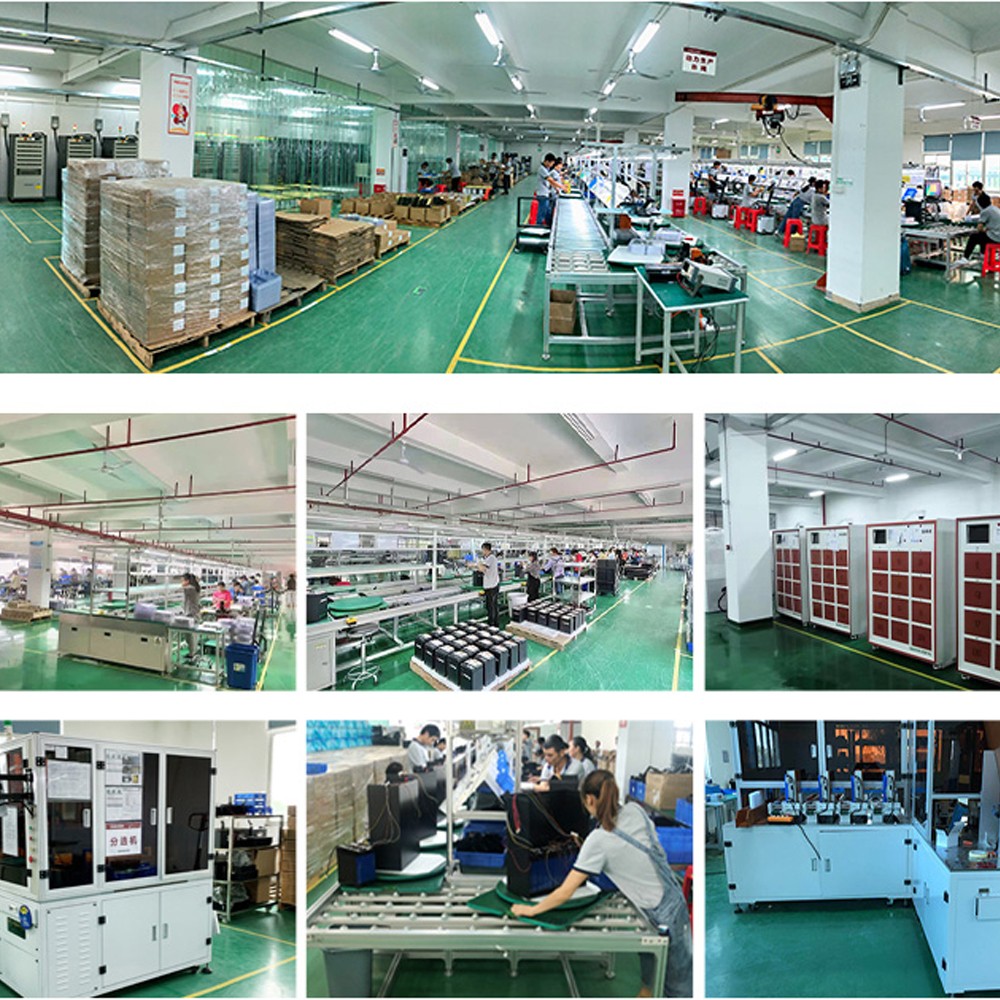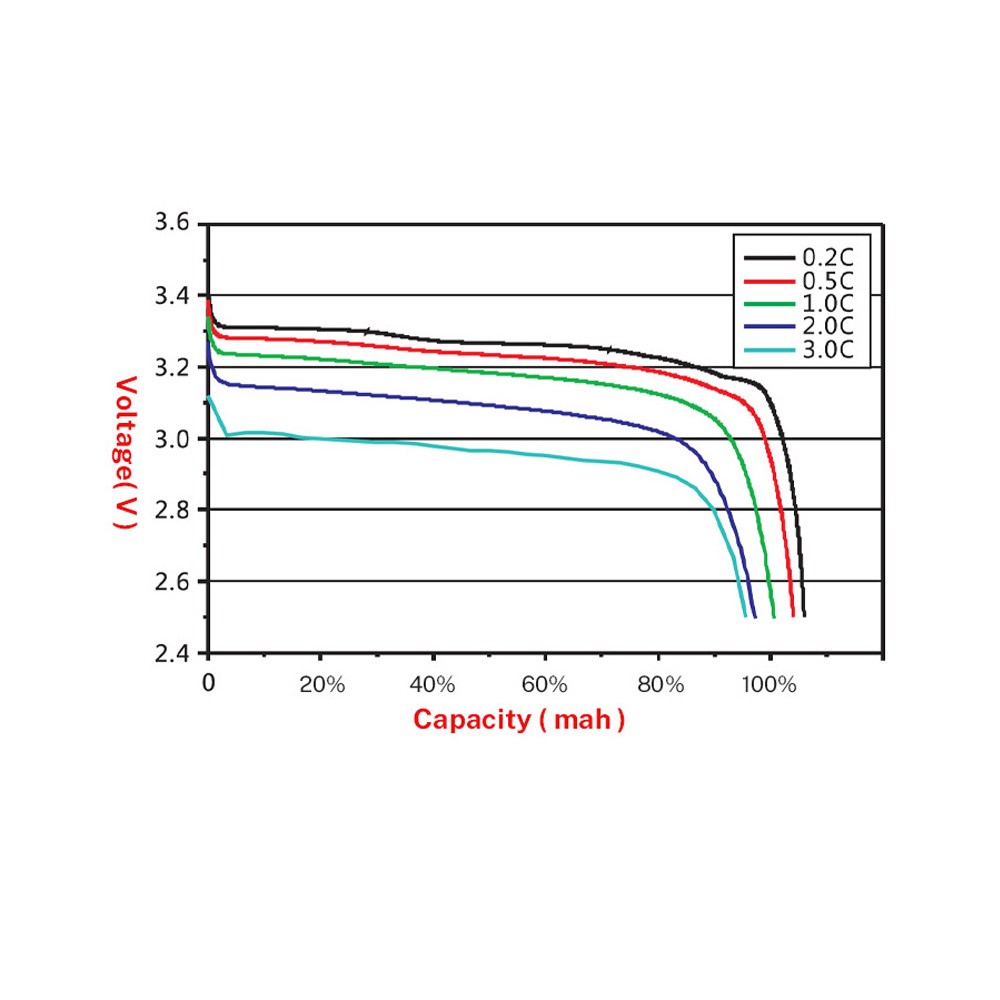New breakthroughs drive the electric vehicle revolution
The lithium battery industry continues to make strides, fueling the rapid growth of the electric vehicle (EV) market. Lithium-ion batteries are the preferred choice of electric vehicle manufacturers due to their high energy density, longer life cycle and faster recharging capabilities.
Recently, a leading research institution announced a major breakthrough in lithium battery technology. Scientists have developed a new electrode material that could significantly improve the energy density and thermal stability of lithium-ion batteries. This breakthrough could increase the range of electric vehicles and improve the overall safety of these batteries. The adoption of EVs is expected to further accelerate with greater range on a single charge and reduced risk of thermal runaway.
Another notable development in the lithium battery industry is the pursuit of solid-state batteries. Compared with traditional lithium-ion batteries, solid-state batteries have higher energy density, faster charging rates and improved safety. Several companies are investing heavily in research and development to commercialize this technology. If successful, solid-state batteries have the potential to revolutionize the electric vehicle market and reshape the energy storage landscape.
In addition to the advancement of battery technology, the lithium battery industry is ushering in explosive growth in production capacity. Several gigafactories capable of producing lithium-ion batteries at scale are being built around the world. This increased capacity will not only meet the growing demand for EV batteries, but will also reduce the cost of lithium batteries, making EVs more affordable for consumers.
In addition, the recycling and secondary utilization of lithium batteries have also attracted more and more attention from the industry. As the number of electric vehicles on the road continues to increase, finding sustainable battery disposal solutions is becoming increasingly important. Recycling programs and research to repurpose spent EV batteries for stationary energy storage can help extend the life of these batteries and reduce their environmental impact.
Government support and policies are also shaping the lithium battery industry. Many countries are implementing regulations to phase out internal combustion engine vehicles and promote the adoption of electric vehicles. Incentives such as tax credits, subsidies and investment in charging infrastructure go further. Continued advancements in battery technology, increased production capacity, and supportive government policies are creating a favorable environment for electric vehicle manufacturers and battery suppliers. As the world moves towards a greener transportation sector, lithium batteries will continue to play a key role in enabling a sustainable and electrified future.
Basic working principle
When the battery is charged, the lithium-containing compound at the positive electrode has lithium ions released, and the lithium ions move to the negative electrode through the electrolyte. The carbon material of the negative electrode has a layered structure, and it has many micropores. Lithium ions that reach the negative electrode are embedded in the micropores of the carbon layer. The more lithium ions are embedded, the higher the charging capacity.
When the battery is discharged (that is, the process of using the battery), the lithium ions embedded in the carbon layer of the negative electrode come out and move back to the positive electrode. The more lithium ions returned to the positive electrode, the higher the discharge capacity. The battery capacity we usually refer to refers to the discharge capacity.
During the charging and discharging process of lithium-ion batteries, lithium ions are in a moving state from positive electrode → negative electrode → positive electrode. This is like a rocking chair, the two ends of the rocking chair are the two poles of the battery, and the lithium ions move back and forth between the two ends of the rocking chair. So lithium-ion batteries are also called rocking chair batteries.
Post time: Jun-16-2023



